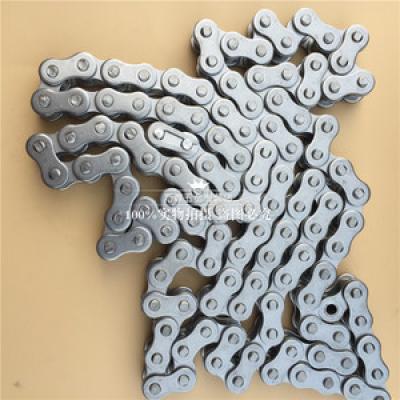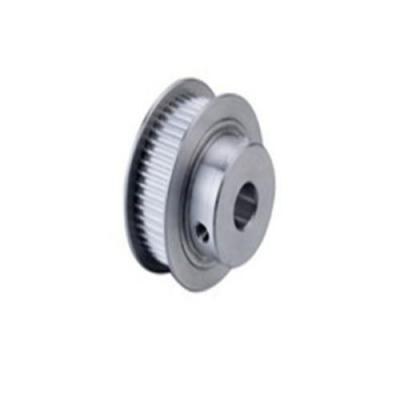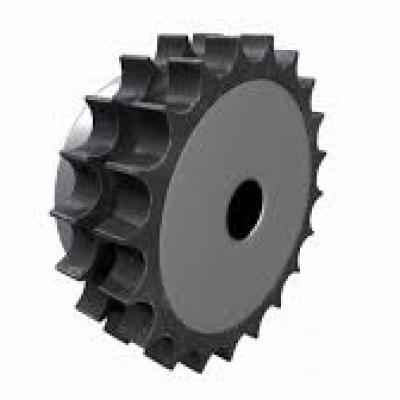There are many aspects to be considered in the assembly of the synchronous pulley
Synchronous pulley transmission is the most common transmission method, and its transmission efficiency and operational reliability and durability are not only related to the quality of the belt and pulley, but also closely related to installation and use. It's no wonder that many people don't know what adjustments to make after installing pulleys. This article introduces how to properly install and debug the belt and pulley.Assembly of synchronous pulley: The pulley hole and the shaft are transition fit, there is a small amount of interference, the coaxiality is high, and the fasteners are used for circumferential and axial fixation. Installation of V-belt: When installing the V-belt, first put it in the groove of the small pulley, and then put it on the large pulley. While turning the large pulley, use a flat screwdriver to dial the belt into the groove of the pulley.
After the synchronous pulley is installed, the tension needs to be adjusted. Insufficient tension will cause the belt to slip, and too much tension will reduce the life of the belt. Generally, it is advisable to press the V-belt about 15mm. There are many ways to adjust the tension, and the basic principle is to adjust the tightness of the transmission belt. The common method is to change the center distance between the two axles, or use a tensioner. It should be noted that when installing a new belt, the tension force will be continuously reduced because the belt will be permanently deformed after working for a period of time.




